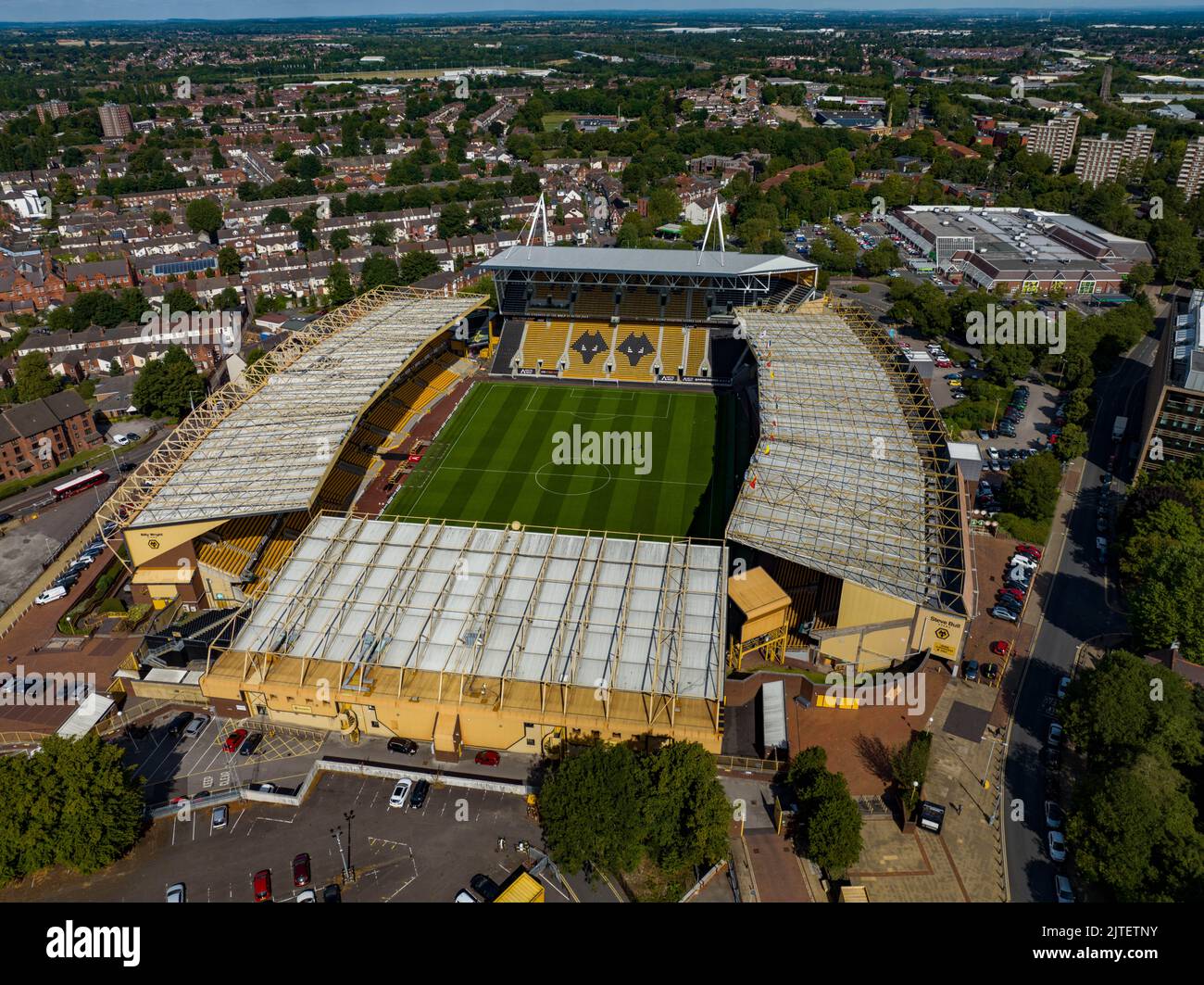
Introduction
The Erskine Bridge, a significant structure in Scotland, spans the River Clyde and connects the areas of Erskine in Renfrewshire and Old Kilpatrick in West Dunbartonshire. Opened in 1971, the bridge not only serves as a crucial transportation link for local and regional traffic but also plays a vital role in the socio-economic development of the surrounding areas. The relevance of the Erskine Bridge extends beyond mere connectivity; it is a vital lifeline for communities, assisting in the movement of goods and people while also promoting tourism in the scenic landscapes of Dunbartonshire.
Recent Developments
In recent months, the Erskine Bridge has been the focus of infrastructure improvement discussions. In October 2023, Transport Scotland released plans for a series of upgrades that aim to enhance safety and access for both vehicles and pedestrians. This initiative comes after a series of assessments that highlighted the need for refurbishments to ensure that the bridge continues to function efficiently as traffic volumes increase.
The upgrade plan includes the installation of new lighting systems, repairs to the bridge’s surface, and improvements to the dedicated pathways for cyclists and walkers. These enhancements are expected to facilitate safer travel experiences for all users of the bridge.
Impact on Local Communities
The Erskine Bridge is instrumental in connecting communities across the River Clyde, significantly reducing travel times for commuters. It allows quick access to Glasgow, enhancing both employment opportunities and business activities in the region. Moreover, the bridge plays a role in supporting the local economy by boosting tourism; visitors often flock to the area to enjoy the surrounding nature and participate in various outdoor activities.
Conclusion
As the Erskine Bridge approaches its 53rd anniversary, it remains a critical infrastructure asset for Scotland. The continuing investments in its upkeep signal a commitment to not only maintain its functionality but also to enhance the safety and accessibility for its users. Looking ahead, ongoing improvements promise to reinforce the bridge’s position as a vital connector in Scotland’s transport network, fostering economic growth and improving the quality of life for residents. The success of these enhancements could set a precedent for future infrastructure projects across the region, suggesting that careful planning and investment can yield substantial benefits for local communities.
You may also like

Exploring Monmouth: History, Attractions and Community

The Royal Opera House: A Jewel in London’s Cultural Landscape
